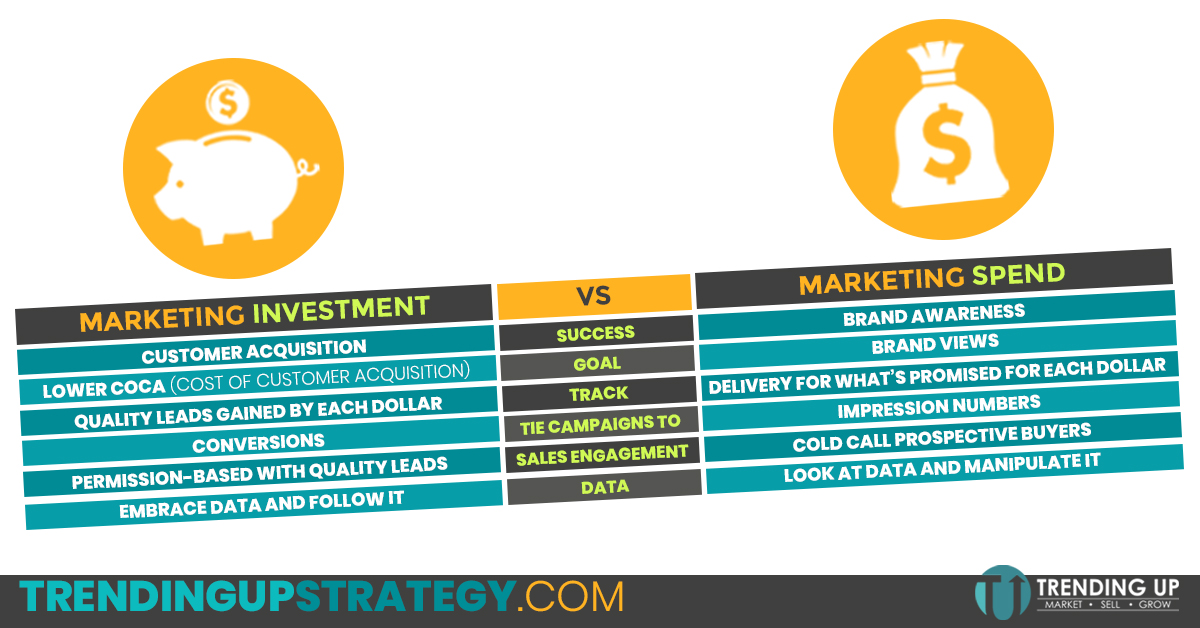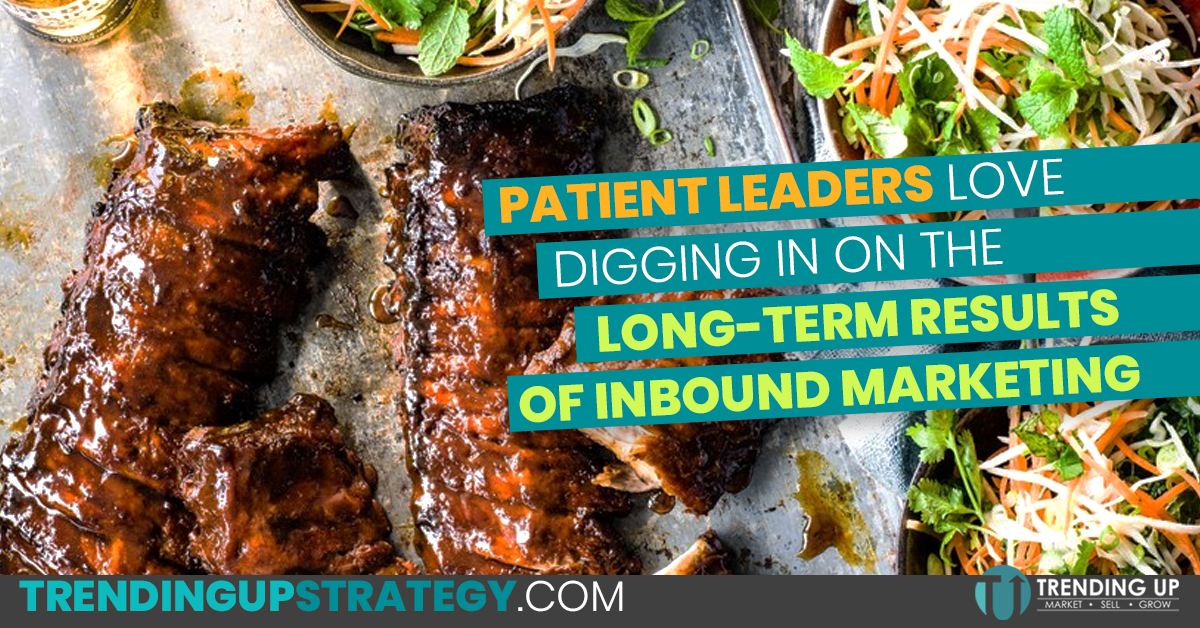Inbound vs Outbound is like Low and Slow Cooked Pork vs the McRib
There’s a ton of reasons to swing into the drive-thru and grab yourself a quick bite of a seasonal McRib sandwich. You’re thinking about the "right...
3 min read
 Brian Bzdawka
May 29, 2019
Brian Bzdawka
May 29, 2019

 Believe me. We get it. It’s not easy to make the long-term investment over the short-term, instant spend when it comes to marketing your manufacturing company. Don’t you feel that way?
Believe me. We get it. It’s not easy to make the long-term investment over the short-term, instant spend when it comes to marketing your manufacturing company. Don’t you feel that way?
Seeing your logo on a web banner, your name on a billboard, or even hearing your voice in a radio ad can make you feel like you are doing something impactful to promote your business – plus it kinda makes you feel cool. So many eyeballs! So many ears!
But what really matters? The mother driving her kids to school seeing your billboard or hearing your radio ad? Or getting your message in front of actual potential customers? (Spoiler: It's the second one)
Changing your perspective on your marketing dollars will make all the difference when it comes to that line item on your budget. If you’re looking at marketing as money that disappears in the name of “building brand identity”, you’re doing it wrong. You need a strategy that incorporates inbound marketing. Not only is it measurable (in a way that no billboard or radio ad ever could be), it’s also much, much more cost-effective.
Inbound leads cost 61% less on average than outbound leads (HubSpot).
For limited budgets, brand awareness should not be the priority. Your priority needs to be pinpointing your audience with relevant content in order to convert them to leads. Period.
Here, check out this infographic illustrating what does work for your bottom line:

Alright. Now you are probably thinking - “But inbound marketing is so slow!” or “We don’t have time to wait around for content strategy, production, and SEO build-up!”'
But anyone who has made the switch to inbound marketing and inbound sales can tell you, investing your money will feel well worth it in the long-term. Those quick, instant-gratification feelings of spending will have faded long before the satisfaction from investing wears off (if it ever does!).
Spend money you never want to see again. Invest money you want to see again, and at a higher return.
Investing money on marketing with the purpose of measuring returns is where the mindset changes. Once you measure the return on your inbound marketing investment, then you can put your dollars to work on things that correlate with more returns.
Here’s the thing: unless your company is Coca-Cola or Disney, you should be concerned about the return on your marketing dollars. Why? Because you should have a very specific target (called a buyer persona) that you’re trying to reach.
Coke and Disney can afford to market everywhere to everyone. No offense, but you can’t. You need to invest.
Spend for a short gain; invest for a long-term strategy of winning.
 You’ve heard the quote “lose the battle, win the war,” right? Inbound marketing is like that. With spending, you’ll feel like you’ve made a great big stride in a short amount of time. But long-term, here’s what I see: you spend a huge amount of money in a month for a radio ad, and you get an influx of calls - but only a few qualified ones. In order to sustain that amount of leads, you need to keep the spend up.
You’ve heard the quote “lose the battle, win the war,” right? Inbound marketing is like that. With spending, you’ll feel like you’ve made a great big stride in a short amount of time. But long-term, here’s what I see: you spend a huge amount of money in a month for a radio ad, and you get an influx of calls - but only a few qualified ones. In order to sustain that amount of leads, you need to keep the spend up.
Inbound is different. Producing evergreen content that’s useful forever (or at least, for a very long time) takes some time to build up - let’s say, that same month that you spent to produce the radio ad. But here’s the difference: it’s produced to be relevant to your exact audience. You’ll get fewer leads, but a higher percentage of them will be qualified. And the best part? You’ve invested in producing content that can continue to produce well past the original publishing date.
Here’s the biggest return on your inbound investment: the effect that the quality leads brought in by marketing dollars has on your sales numbers.
Companies that utilize inbound content platforms and offer buyer persona driven content see a 45% increase in the volume of Sales Accepted Leads (SALs) (Kapost).
When these two teams are working together and utilizing inbound methods, a mutual respect forms. Sales suddenly respects marketing for bringing in quality leads through the website. Marketing can suddenly see sales using the content they’ve produced to guide qualified leads toward closing. Amazingly, they even collaborate on what can be produced next and which leads to go after thanks to insights from a content management system or social media. It’s a beautiful thing.
The great news? You can change the focus at your company from marketing spend to marketing investment in no time. Check out our comparison calculator to see if inbound marketing makes sense for you. Test your own actual numbers and assumptions and decide for yourself! Let us know if you have any questions or need any help using this calculator. Heck, you can even contact us to see if bringing our team on board for your inbound marketing efforts can get you those results even faster. Ready to get started?

There’s a ton of reasons to swing into the drive-thru and grab yourself a quick bite of a seasonal McRib sandwich. You’re thinking about the "right...

As a CEO, you have a specific way of looking at your company’s success. You see the big picture: where you are, where you’re going, and how you need...

As a business leader for a B2B company, you have responsibilities company-wide: caring for your employees, making sure customers are happy, ensuring...